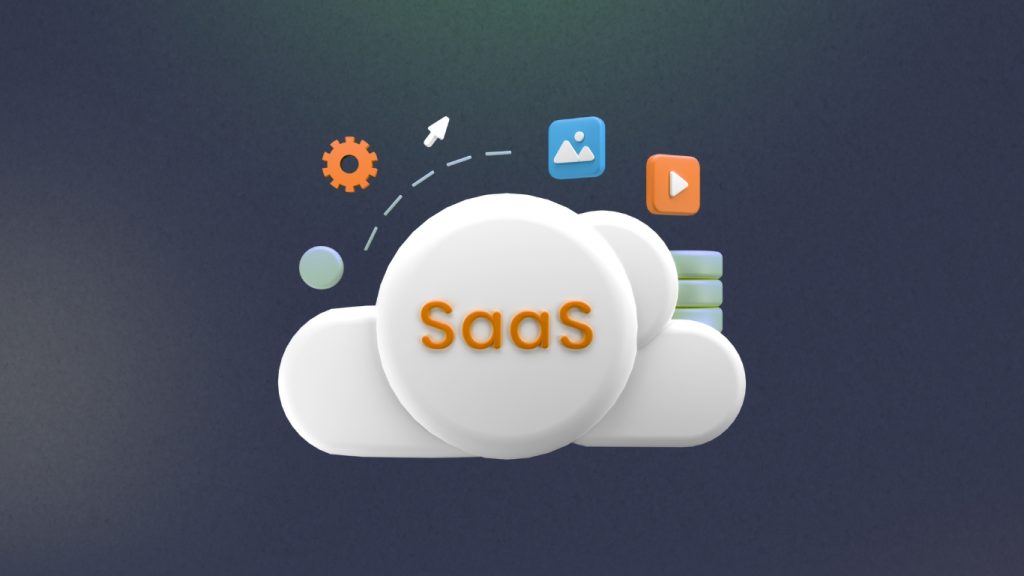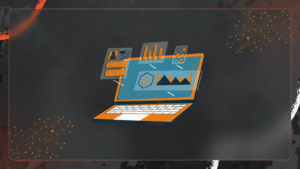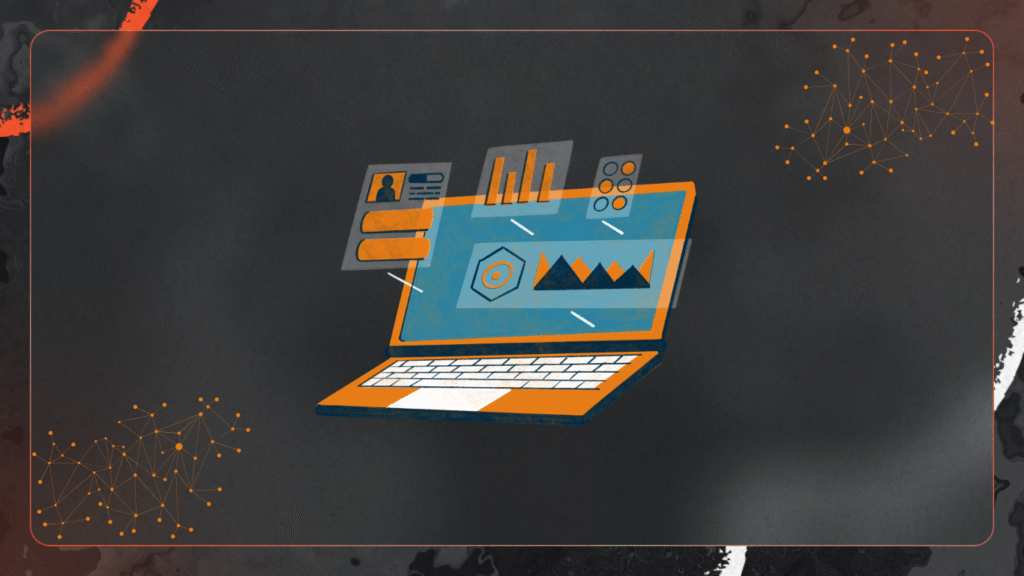
Ever noticed how fast businesses are adapting to new tech? One major reason behind this shift is SaaS – Software as a Service. SaaS is no longer just a new trend; it’s reshaping how businesses operate every day.
Whether you’re running a startup from your garage or leading a global enterprise, SaaS is likely playing a role in your daily operations. And if it isn’t yet, it will soon. The way we work, collaborate, and manage tasks has drastically evolved, thanks to this flexible software model.
Let’s break it down and see how SaaS is turning traditional business models on their head.
What is SaaS, Really?
Okay, let’s simplify it. SaaS stands for Software as a Service. It means you don’t have to install or maintain software anymore. Instead, you just access it via the internet.
Think of it like Netflix for business tools. You don’t buy a DVD. You stream it. Same with SaaS – you don’t buy software; you subscribe to it. Apps like Slack, Zoom, and Google Workspace are perfect examples. You log in. You use them. You pay monthly or yearly. No setup headaches. No servers. No stress.
Flexibility That Actually Works
Imagine this: You’re on a beach, sipping a cold drink, and you get a message that your team needs access to a new CRM. With SaaS, it’s a few clicks away. That’s the level of flexibility we’re talking about.
SaaS applications work across devices. Your phone, tablet, laptop – all synced. Plus, updates roll out automatically. No downtime. No IT guy hovering over your system. And let’s not forget scalability. Hiring ten new employees? Just upgrade your plan. No new installations or hardware. It grows with you.
Lower Costs, Higher Gains
Traditional software comes with a hefty price tag. You buy licenses. You install. You maintain. It’s like buying a car and then paying for gas, oil, and repairs.
SaaS flips that. You pay a subscription. That’s it. No infrastructure needed. No servers. Fewer IT staff. Lower upfront costs. Predictable expenses. For small businesses, that’s a blessing. You can compete with the big players without breaking the bank.
Real-Time Collaboration

Remember when sending files back and forth over email was normal? Painful, right?
SaaS brings real-time collaboration into the spotlight. Tools like Microsoft 365, Notion, and Trello let teams work together, no matter where they are. Updates happen instantly. Everyone’s on the same page – literally. No more version issues. No more “I didn’t get that file.” Just clean, efficient teamwork.
Data Security and Backups
Now, you might wonder: Is my data safe in the cloud?
Short answer: Yes.
Most SaaS providers have better security than your average in-house server. We’re talking encryption, two-factor authentication, regular backups, and 24/7 monitoring. They’re built to protect your data because their business depends on it. Plus, you don’t have to worry about losing files due to hardware crashes. Everything’s backed up in real time.
Faster Integration with Other Tools
Here’s the cool part. Most SaaS platforms are built to play nice with others. Need your CRM to talk to your email marketing tool? Done. Want your accounting software to feed into your sales dashboard? Easy. APIs and integrations are baked right in. You’re not stuck in a tech silo anymore. Everything flows.
Better Decision-Making with Analytics

SaaS doesn’t just help you run your business. It helps you understand it. These tools come with built-in analytics. Want to know how your marketing campaign is performing? Or how your sales team is doing this quarter? It’s all right there.
And it’s not just about having the data – it’s about having it in real time. You can make smarter decisions faster.
Updates Without Interruptions
One thing everyone hates? Downtime.
Traditional software needs scheduled maintenance, and sometimes, that means hours of no work. SaaS platforms update behind the scenes. No interruptions. You get new features, bug fixes, and improvements without lifting a finger. And that means your team stays productive. Always.
Eco-Friendly and Sustainable
Let’s not overlook this — SaaS is significantly better for the environment. With fewer servers required, overall energy consumption is reduced. There’s no need for physical products, packaging, or shipping, which means less electronic waste and a smaller carbon footprint. As more businesses commit to sustainability, SaaS stands out not just as a smart option, but as a responsible one. Centralized updates and remote access help cut down on commuting and office energy use, while vendors manage infrastructure efficiently, reducing server sprawl. By eliminating the need for constant hardware upgrades and bulky materials, SaaS leads the way toward a cleaner, more eco-friendly future.
Challenges
It’s not all sunshine and rainbows. SaaS does come with its own set of challenges. Internet dependency is one. If your connection drops, so does access. There’s also the issue of data compliance. Depending on your industry, you may need to ensure your provider meets legal requirements. And yes, over time, subscriptions can add up. But with the right usage and monitoring, the ROI is still strong.
Conclusion
So, how is SaaS changing business operations? In every way possible. It’s faster. Cheaper. Smarter. More connected. It’s making businesses more agile. It’s opening up new possibilities. And most importantly, it’s helping teams work better, together. Gone are the days of clunky installations and endless email chains. We’re entering a world where business tools work with us, not against us.
So ask yourself: Is your business ready to embrace SaaS? Or are you still stuck in the old way of doing things? Because SaaS is no longer an option. It’s the new normal.
Published: April 16, 2025








